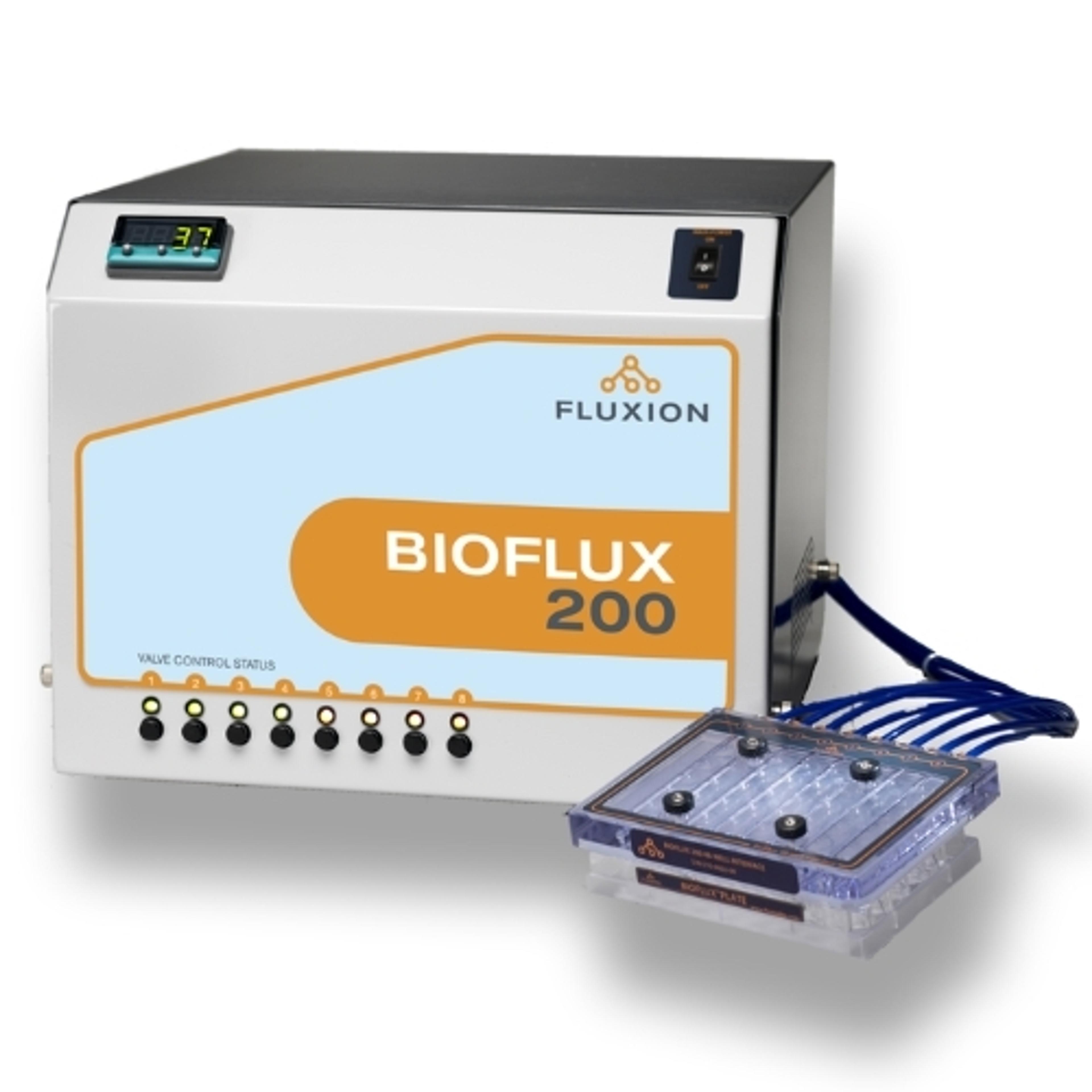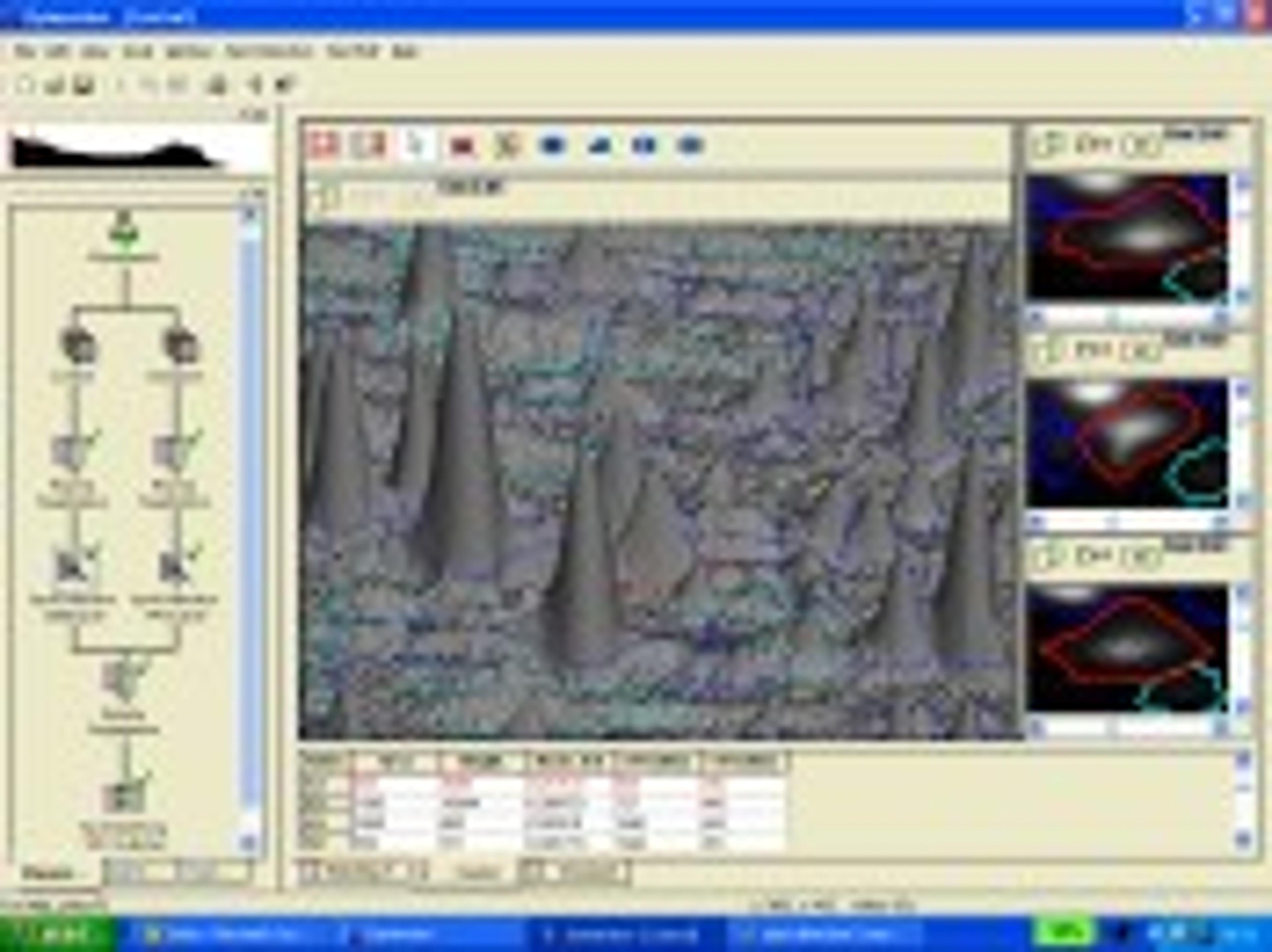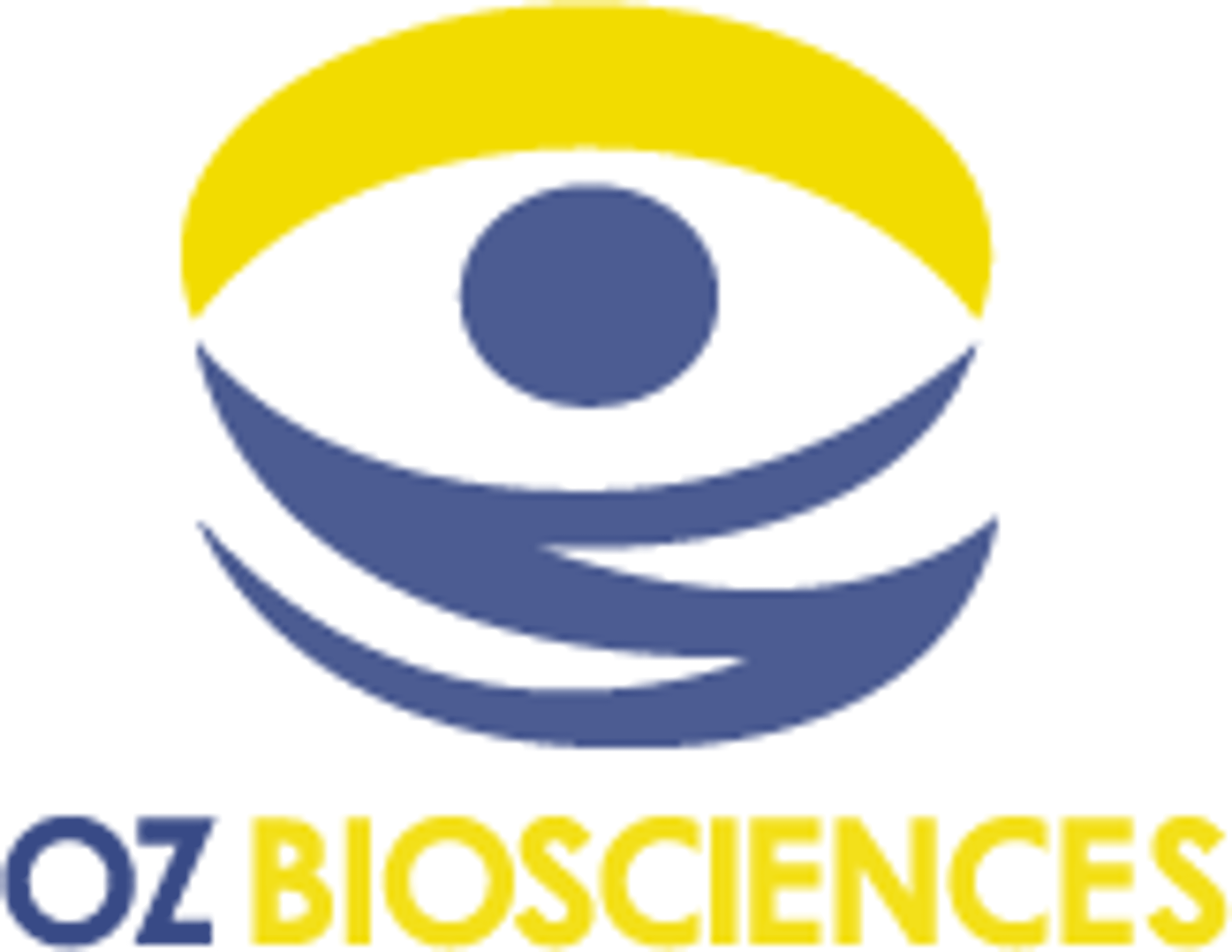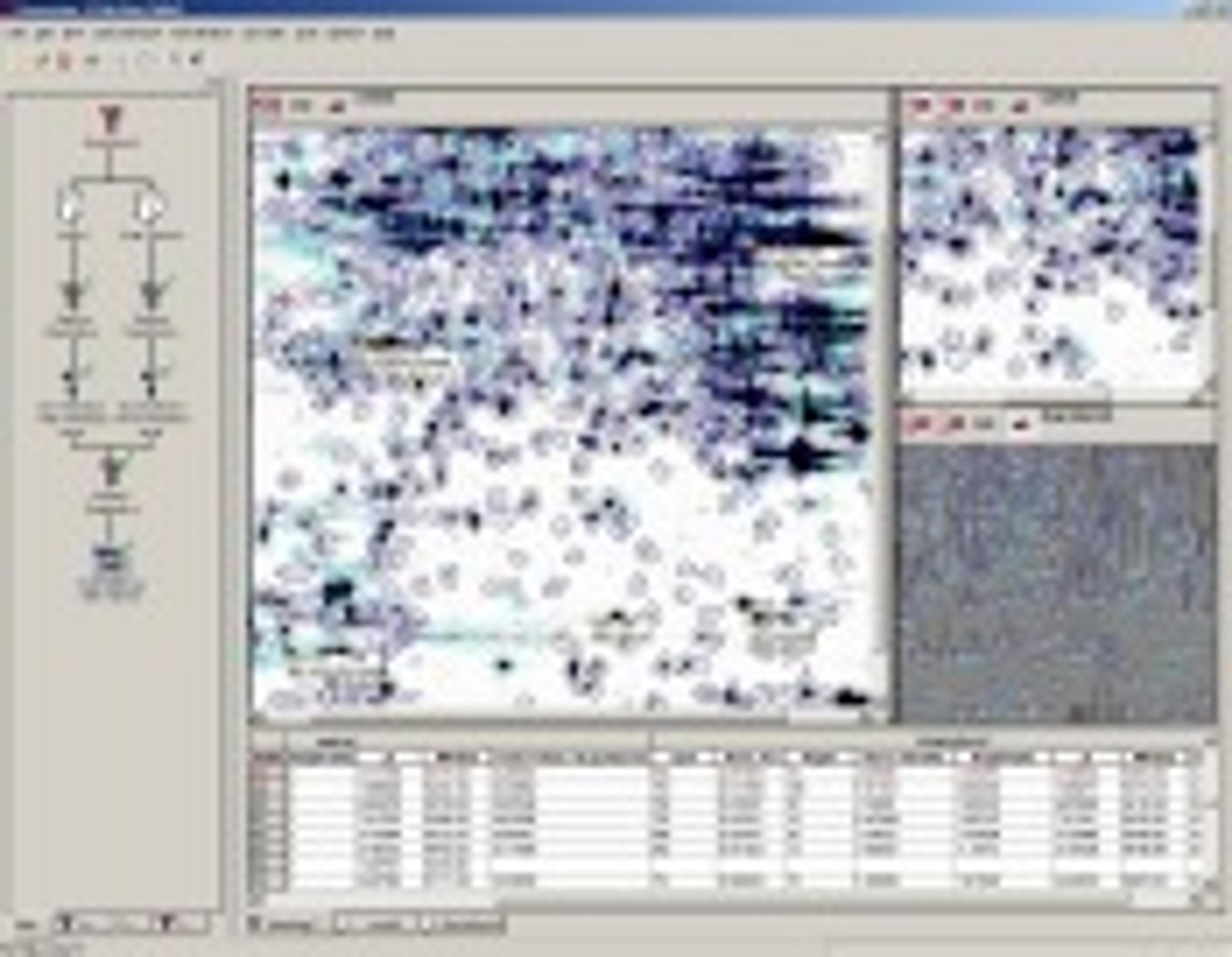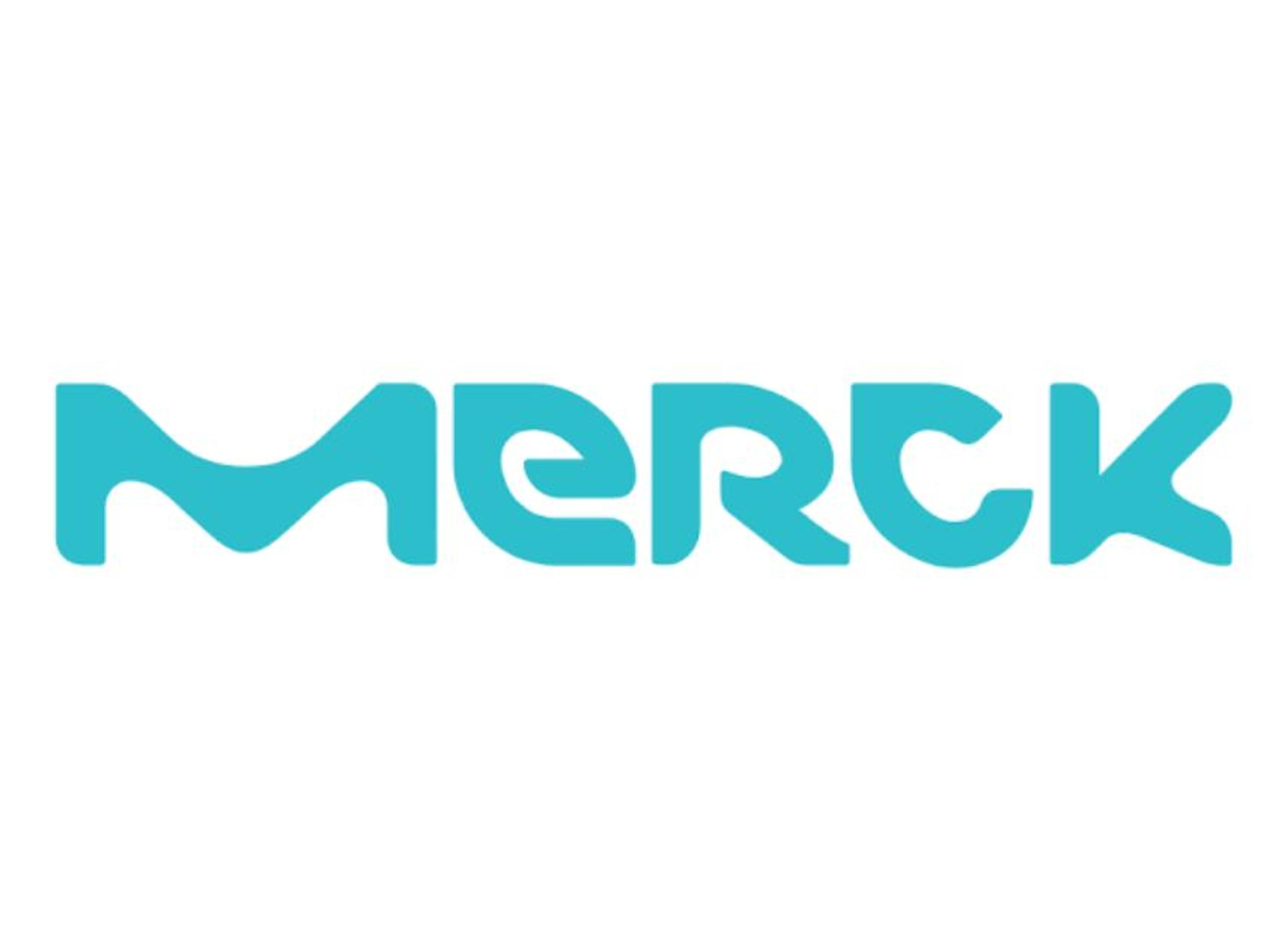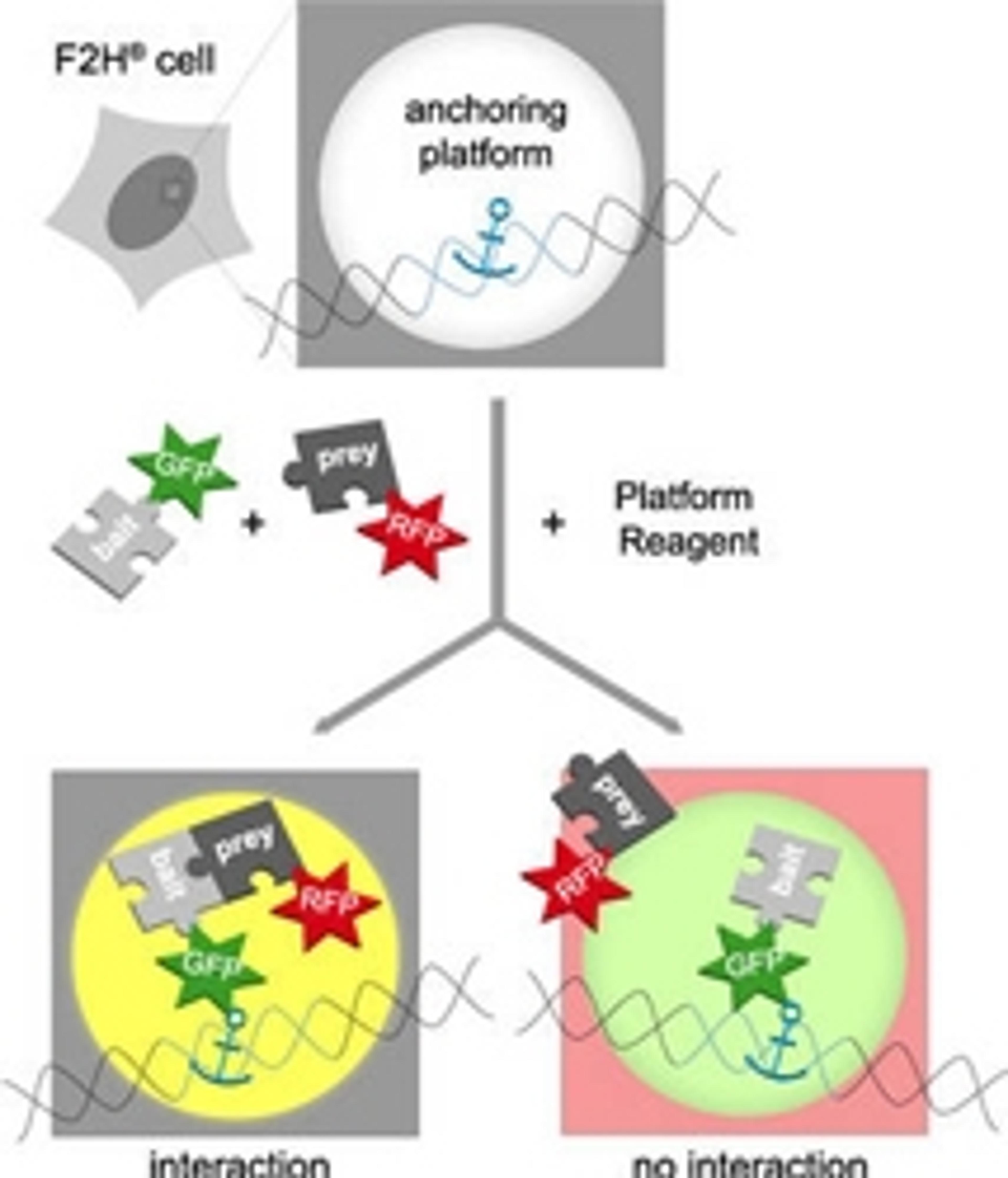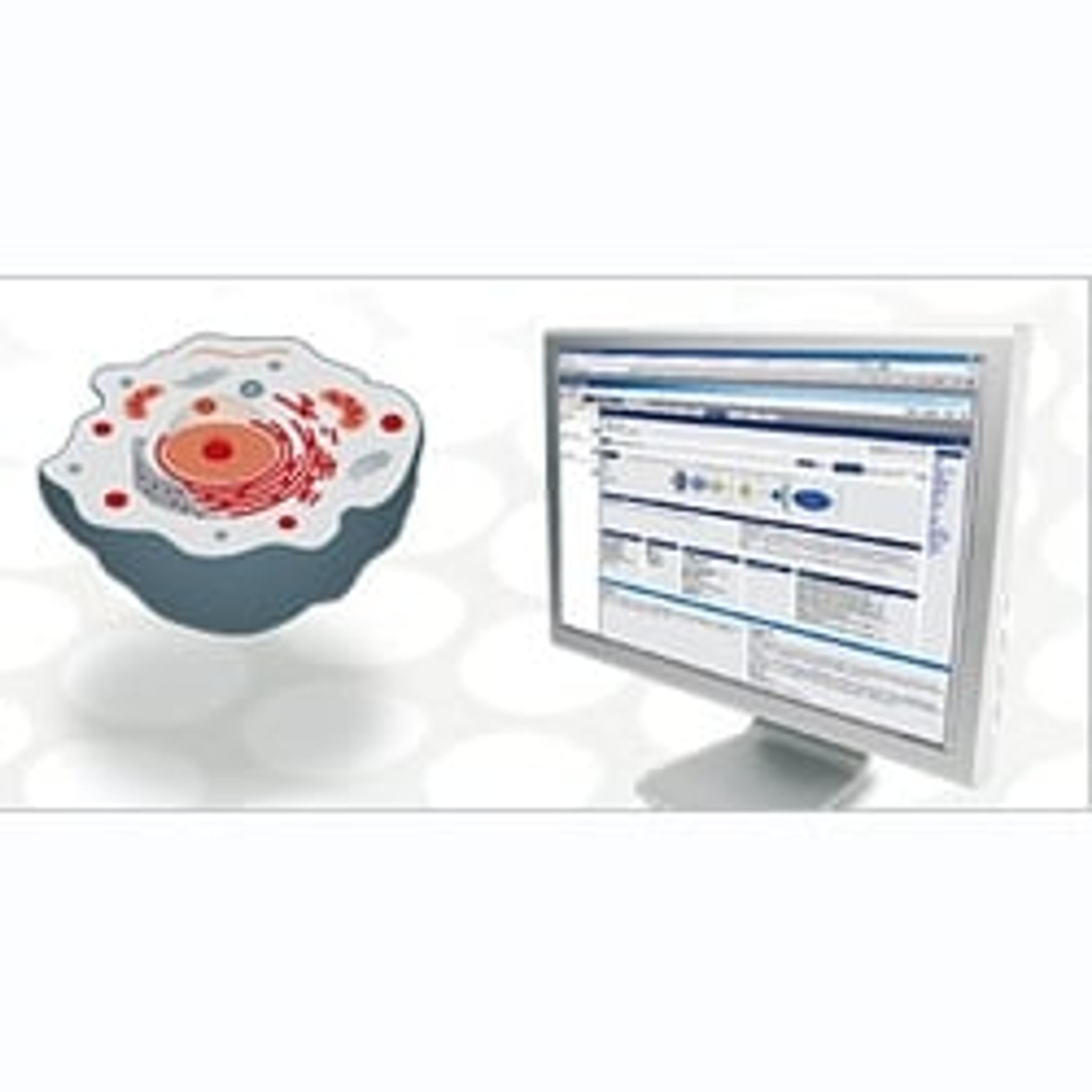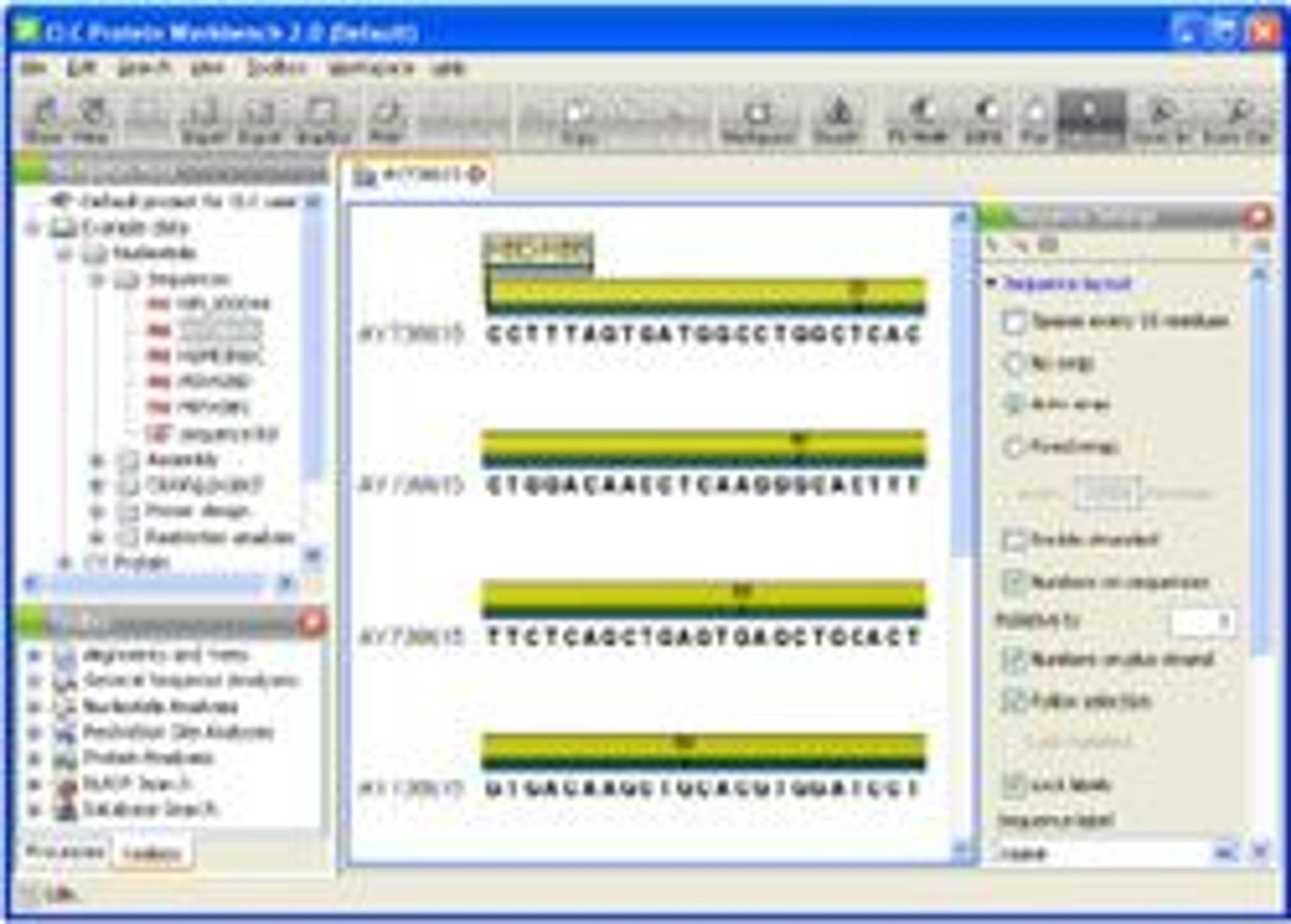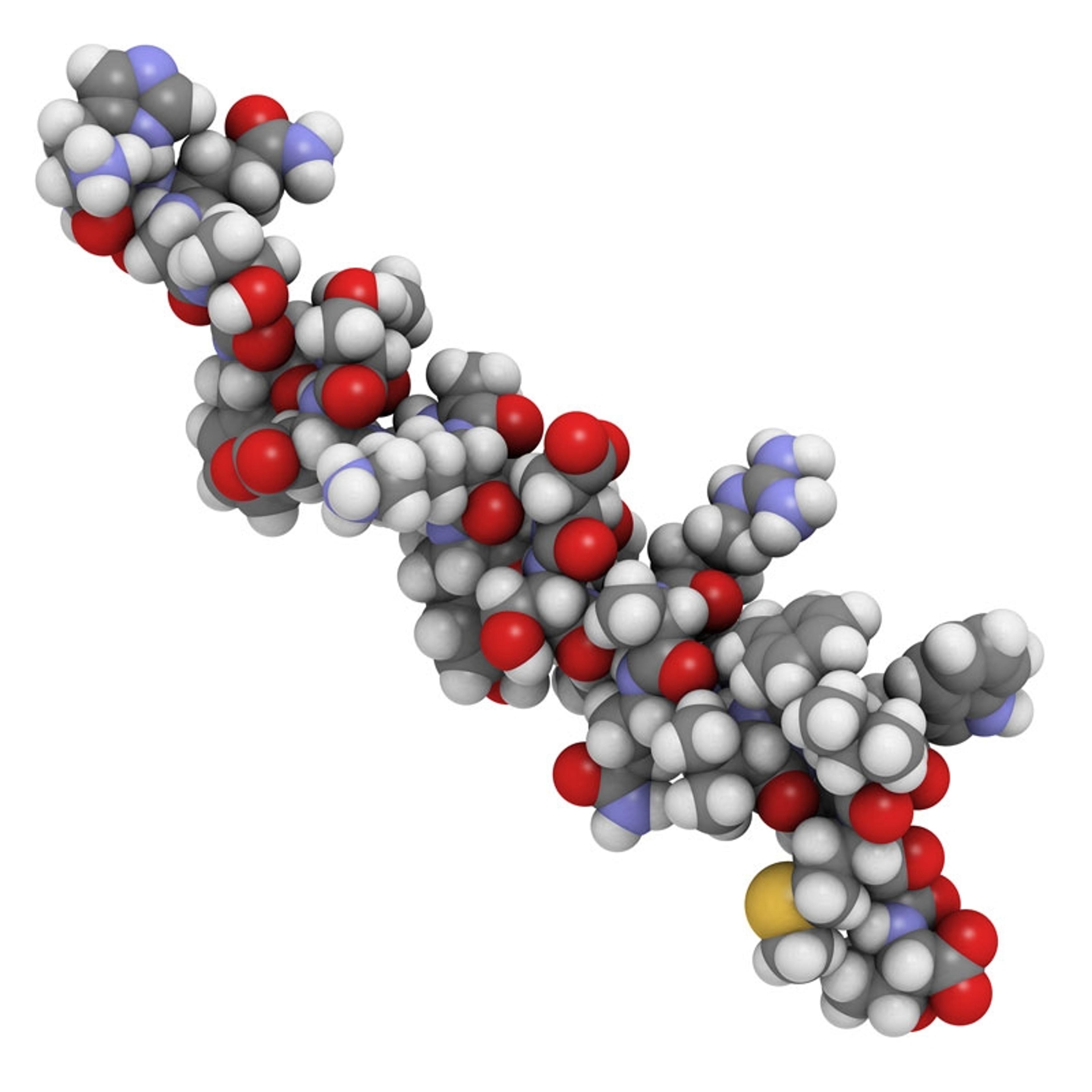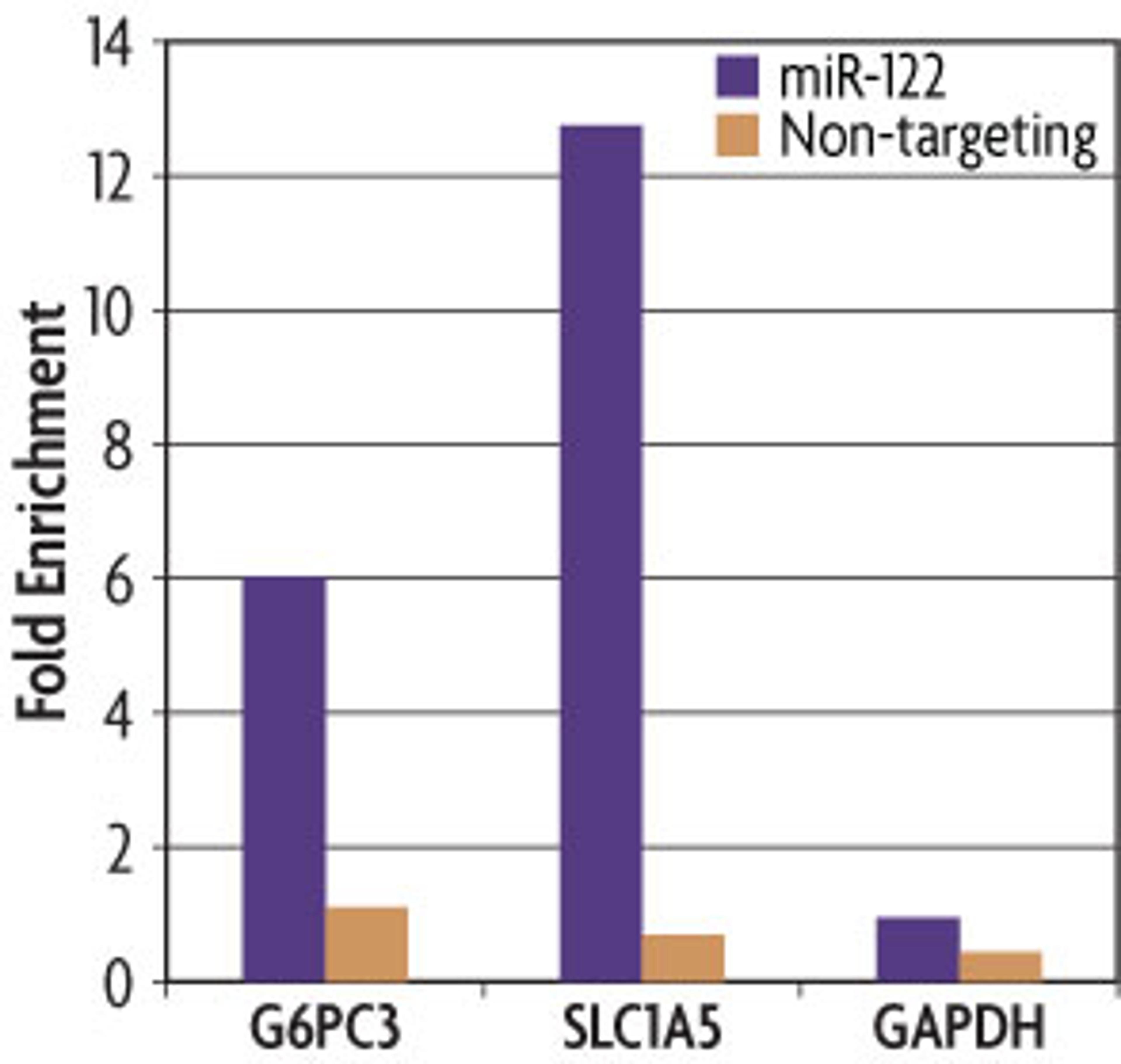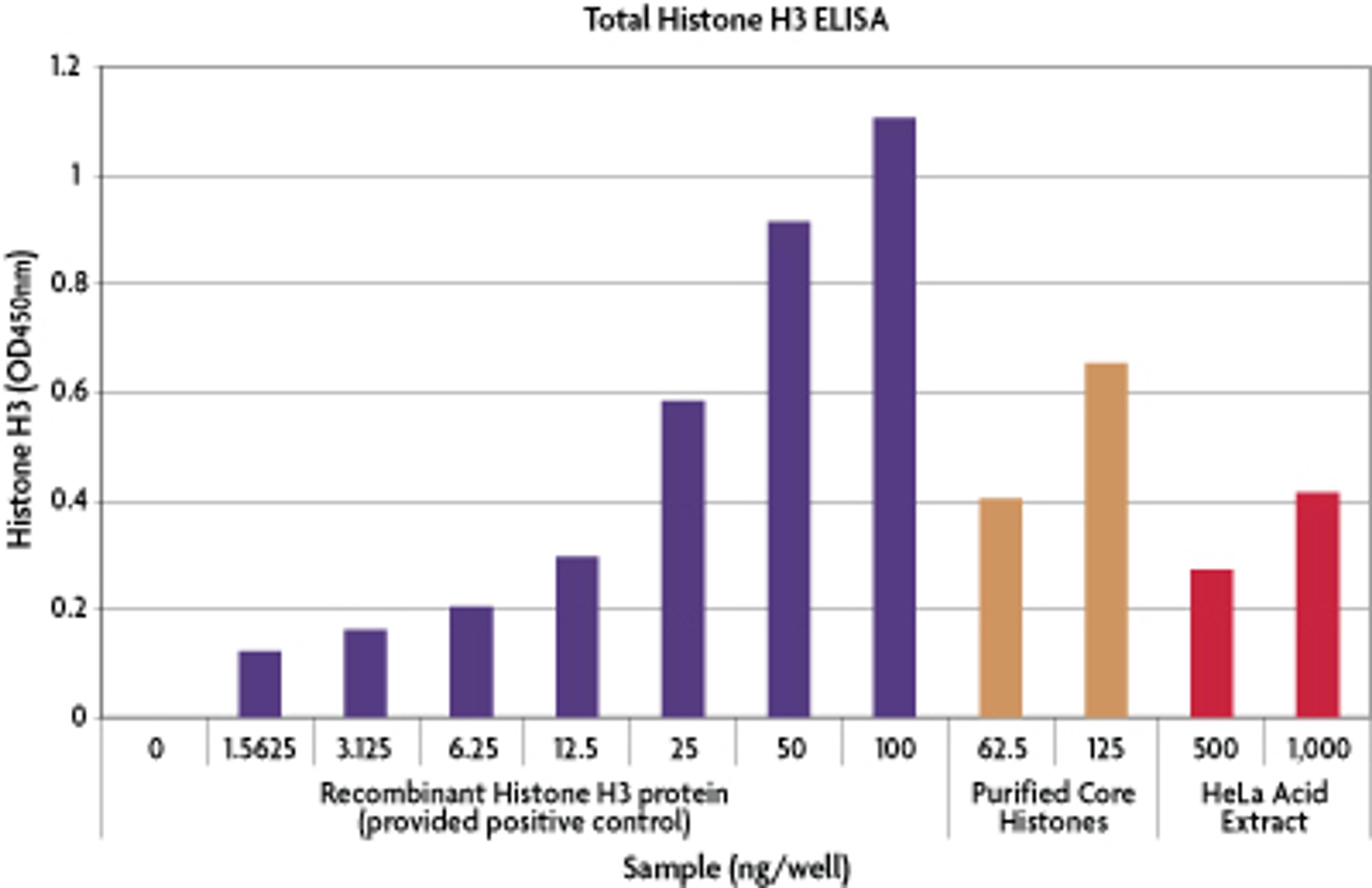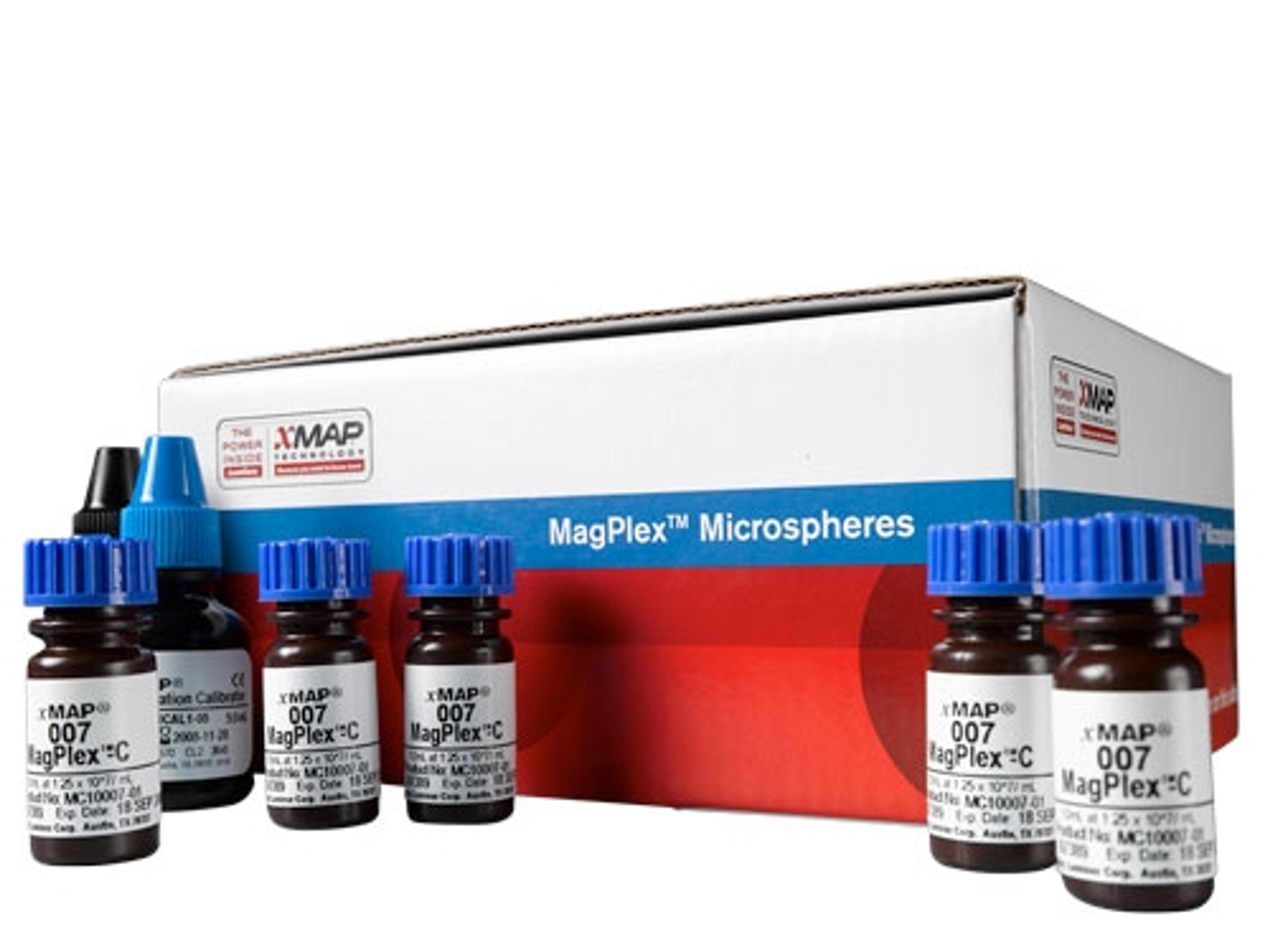Caspase 3 Colorimetric Activity Assay Kit, DEVD
MerckActivation of ICE-family proteases/caspases initiates apoptosis in mammalian cells. Chemicon's Caspase-3 Colorimetric Activity Assay Kits provide a simple and convenient means for assaying the activity of caspases that recognize the sequence DEVD. The assay is based on spectophotometric detection of the chromophore p-nitroaniline (pNA) after cleavage from the labeled substrate DEVD-pNA. The free pNA can be quantified using a s…


